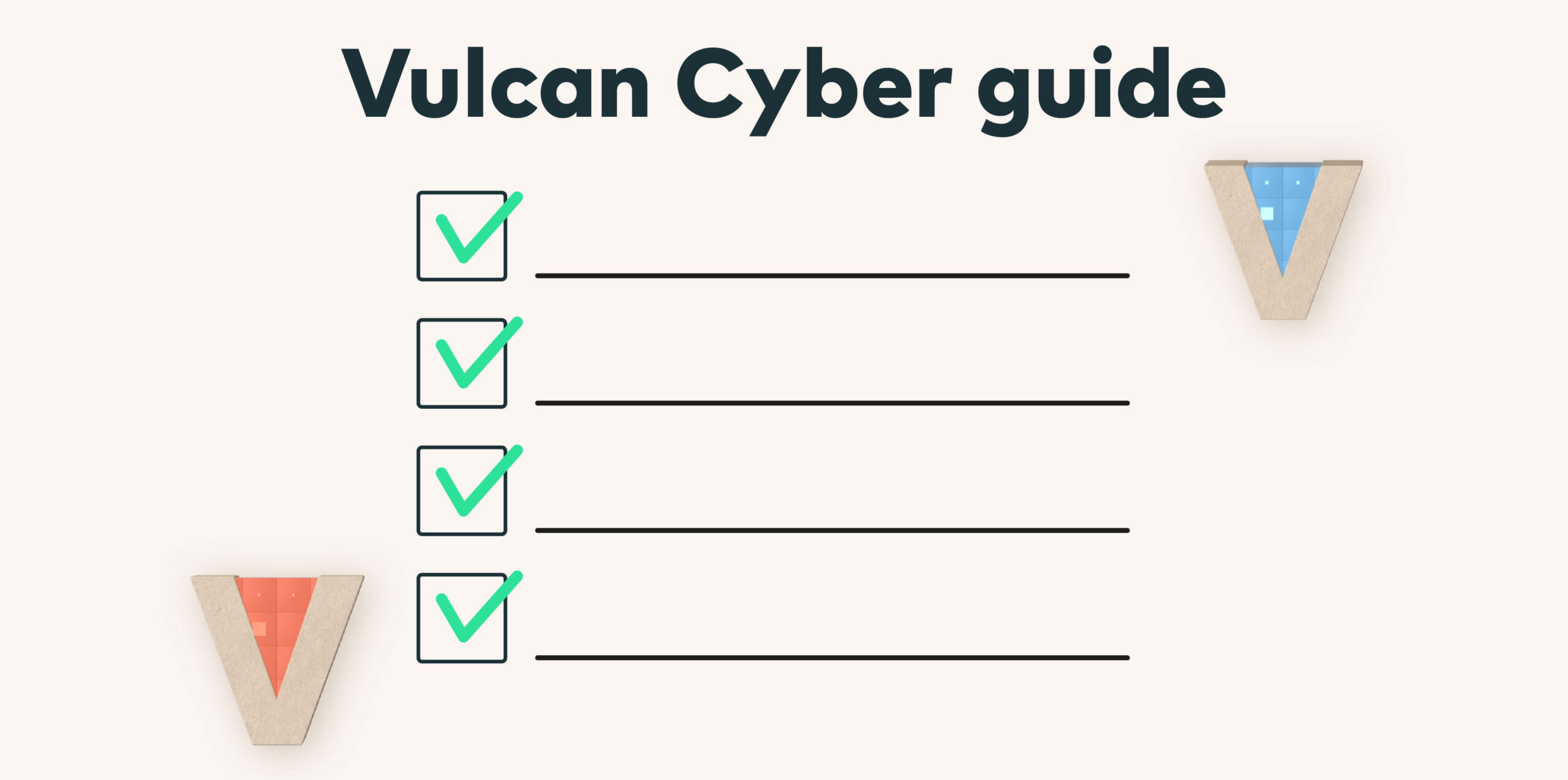Both on-premises and in the cloud, visibility into your IT infrastructure is key, allowing for proper management and observation of all assets. Due to the complexity of cloud, however, achieving cloud visibility can be far more challenging than on-premises.
In this article, we take a look at the many obstacles to achieving complete cloud visibility, their business implications, and how to overcome them.
What is cloud visibility?
With so many different components in the cloud, you must be able to monitor your entire cloud infrastructure and to quickly identify inefficiencies and address threats. Cloud visibility gives you a granular view of all of your cloud assets. This enables you to observe and control your organization’s services and functions, in turn, accelerating cloud adoption.
Common barriers to achieving cloud visibility
Despite the clear benefits of cloud visibility, it comes with a number of challenges. Let’s take a look at three key areas where organizations often struggle.
1. Tooling
Cloud visibility tools enable IT stakeholders to track and optimize their cloud resources in public, private, or hybrid cloud settings. There are many such types of tools available.
General-purpose cloud visibility solutions, such as AWS CloudWatch and Azure Monitor, gather data from multiple cloud resources to provide a high-level picture of what is happening inside your cloud environment. The downside is that they are provider specific. In order to address this, they are frequently integrated with other third-party applications to enable granular visibility.
In addition to these general-purpose solutions, are tools designed for specific use cases, which can offer deeper, more nuanced visibility into your use case and infrastructure. For example, security orchestration, automation, and response (SOAR) tools provide visibility into the security status of your cloud assets.
All such tools, however, come with a number of challenges.
Choosing the wrong tool
Companies often fail to ask the right questions when looking for a cloud visibility solution, choosing one based solely on the cloud-service provider (CSP) they use. For example, they may not consider how many cloud resources the tool requires to function. This, however, is crucial since tools with high resource requirements can burden your environment.
Moreover, if you use a public cloud to run the tool, you’ll be charged for the computing and memory resources it uses. Other factors to consider include how the tool is deployed and whether it can map discrete data sets to provide a better context for troubleshooting performance issues.
One tool isn’t enough
There is a plethora of monitoring tools on the market, each with its specific event logs and performance indicators. Moreover, as most enterprises have multi-cloud environments—relying on more than one cloud platform—a single tool won’t be able to identify every cloud resource deployed across all cloud providers.
Failure to implement a cloud strategy
Organizations often use cloud visibility tools in silos in hopes of achieving a holistic view of their cloud environments but fail to make them part of a strategy. Yet these tools cannot function independently; they require a directional path to work. This can only be achieved by implementing an effective cloud strategy.
2. Monitoring restrictions
Along with the many advantages of cloud adoption, one trade-off is reduced control over your company’s IT assets, especially with a public or hybrid cloud. Instead, you only have limited control over the network and data center. Your CSP determines what you can monitor and see, which could impede full visibility into your cloud infrastructure, depending on the cloud-service provider.
3. Cloud configuration complexities
As noted, achieving complete visibility in the complex cloud environment can be challenging. Moreover, it can be difficult to know which data you should be looking at. As such, the help of an expert is often needed. In addition, understanding how to get data reports from the function and analyzing those reports requires yet another expert.
The implications of poor cloud visibility
Let’s take a look at how these cloud visibility challenges can affect your organization.
Technical implications
SOAR tools are more use-case specialized than general-purpose cloud visibility tools. Opting for the latter over a SOAR tool can, therefore, increase security risks since you cannot fully understand your cloud asset security. This can expose your cloud infrastructure to security vulnerabilities and cloud breaches. This can also lead to cloud misconfiguration, which can hamper the smooth execution of technical operations within your organization and have catastrophic results.
Financial implications
Failure to ask the right questions before choosing a cloud visibility tool or relying on trial and error and migrating from one tool to another can cost you. The Anodot State of Cloud Costs report showed that nearly half of all firms surveyed (49%) struggle to keep cloud expenditures in check, with 54% citing a lack of visibility into cloud usage as the leading cause of cloud waste in their organization. The majority of executives polled (53%) added that visibility was their most significant obstacle to reining in spending and cutting waste.
Addressing cloud visibility challenges
So how can your organization tackle cloud visibility challenges?
1. Application performance monitoring
The majority of CSPs offer provider-specific tools for visibility. But for organizations with multi-cloud setups, two or more such tools are usually required. This could lead to blind spots, making it difficult to detect issues like underutilized or overprovisioned resources, poorly performing applications, and unchecked security breaches.
Using application performance monitoring in your application’s codebase can help you eliminate these blind spots. For example, you might monitor an algorithm where a critical event happens.
To align the observations and reports, the time, type of event, and any pertinent message data should be included in the probe in order to link the software probe event to other events. There are a number of third-party applications that can help with this.
In addition, the bytecode trace approach for third-party software uses message tags to track processes and components and produces trace data that offers insights into workflow performance. ManageEngine, Sentry, and Catchpoint are just a few examples of such tools.
2. Centralized monitoring and automation
Though cloud operations are usually automated, it can be difficult to achieve end-to-end visibility and to analyze all of your data when your security, operations, and development teams are all using different scripts and automation tools. Centralized monitoring solves this problem by enabling you to collect and analyze data on infrastructure behavior across your organization.
Moreover, the use of automation tools should be standardized across the organization. An automation platform will allow for a single source of truth for all cloud functions. Ensure that all teams use similar automation tools to enable cross-team collaboration within your organization. In addition, internal teams can use the self-service portal to install cloud services using pre-approved, standardized setup and deployment templates.
3. AI/ML solutions
AI/ML solutions allow for faster, more sophisticated data interpretation and should be combined with a centralized monitoring strategy. But because different tools have different data input capacities and interpretation models, it can be difficult to identify the most efficient AI solutions. Thus, when it comes to picking an AI solution, be sure to pay attention to such things as whether the tool uses a manual or agentless deployment method and whether it offers data analysis features in addition to data collection. You should also consider doing a trial before committing.
Conclusion
Despite 99% of business leaders recognizing a clear link between cloud visibility and business value, companies still struggle to address cloud visibility challenges. But by following the best practices outlined in this article, organizations of all sizes will be one step closer to achieving the granular visibility required for efficient operation of their cloud infrastructures.
Keep up with emerging threats across your cloud environment. Automate communication and collaboration for vulnerability and risk lifecycle management across your organization with the Vulcan Cyber® risk management platform. Book your demo, and own your risk.









